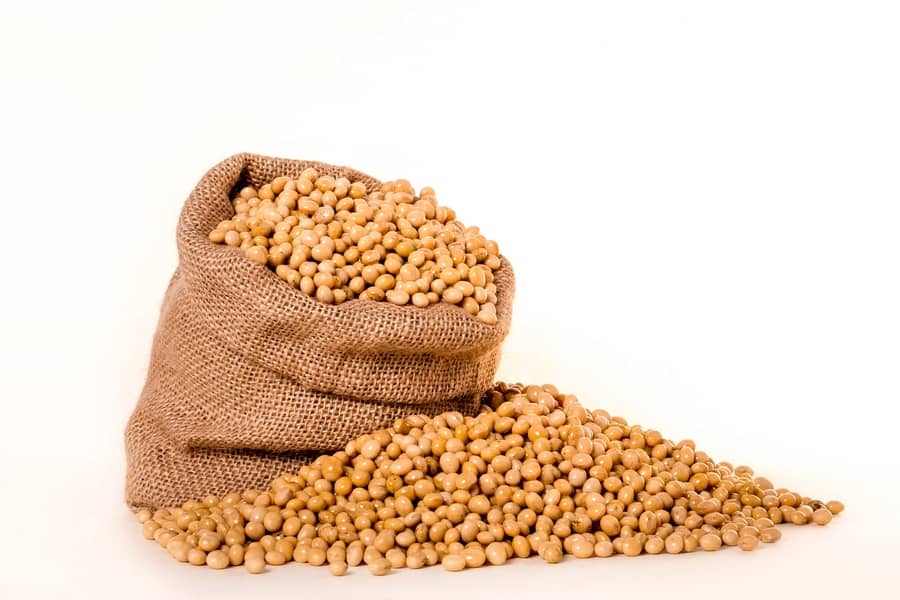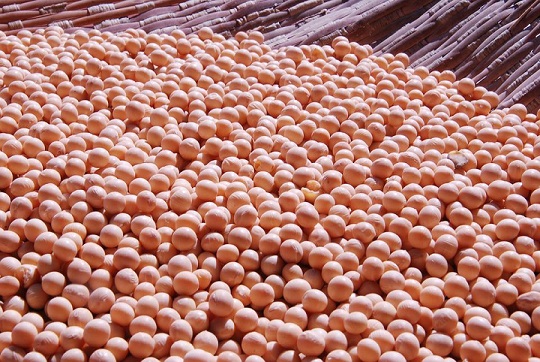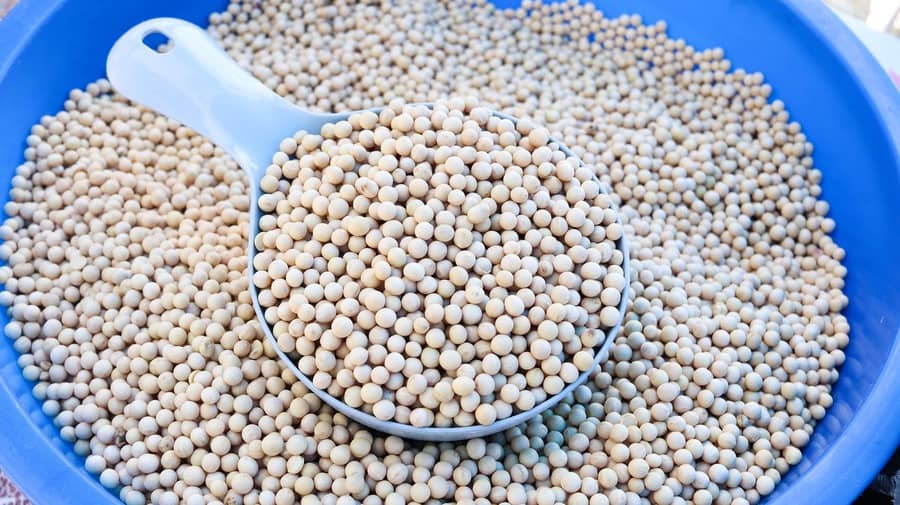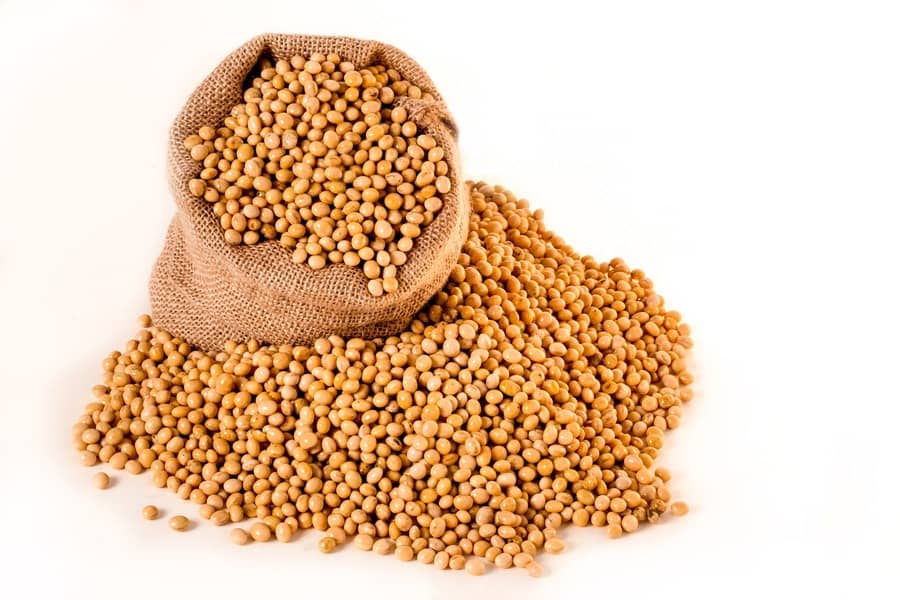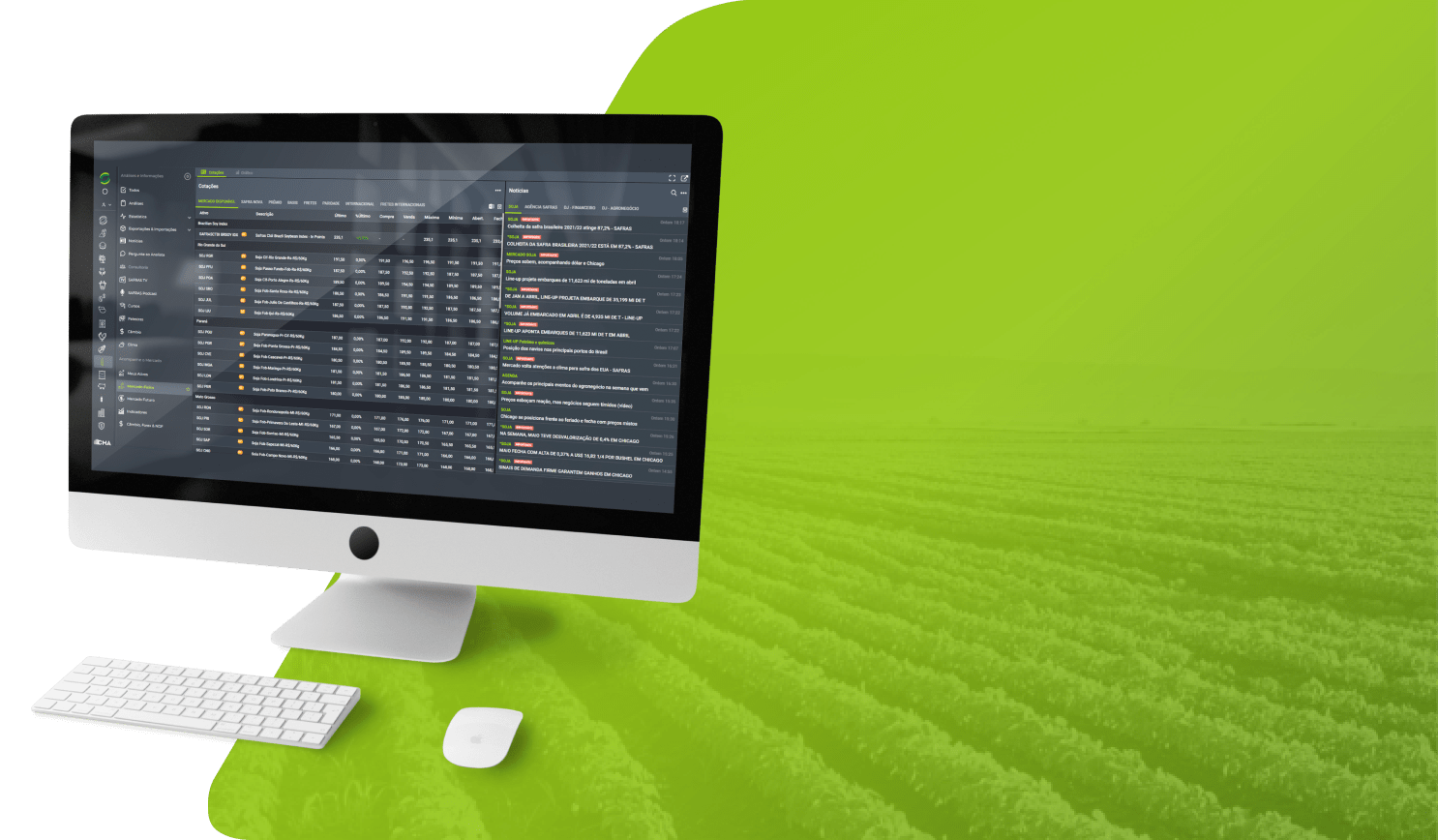Porto Alegre, February 4th, 2025 – The physical soybean market faced a week of great price volatility. Fluctuations on the CBOT and the dollar were the main reasons for the ups and downs. Early last week, the best deals occurred, but the volumes with the most advantageous prices were registered mainly for deliveries and payments until the end of January.
Looking at maturities from February onward, movements slowed down, not only due to the decline in price drivers but also due to logistical issues. Freight rates, which have surged recently, remain high in the peak months of crop arrival, something already expected by the market. This price increase reduces the value of the bag and holds back the business momentum. As a result, premiums may become even more negative, especially at the peak of the Brazilian crop, starting at the end of February. At the main export ports, the FOB premium may reach -80, -100 points or more between March and April, depending on the relationship with other variables, such as the exchange rate and CBOT.
Another point of attention was the exchange rate movements, as sharper lows occurred over the week. The market initially adjusted to the expected changes in Brazilian monetary policy, following the Monetary Policy Committee (Copom) decision on Wednesday to raise the prime interest rate by 1%. The government’s objective is to contain inflation, based on the premise that it results from a supposedly heated demand.
However, it is clear that the inflationary problems are structural and do not stem from demand growth. Since there are no significant proposals for containment and cutting spending, the Central Bank has operated with greater emphasis on dollar auctions and maintaining interest rates high. In the short term, this strategy has had some effect, reflected in the recent appreciation of the real, as Brazilian bonds have become more attractive following the Fed’s decision to keep interest rates unchanged.
In the medium and long term, however, besides the elevated cost of the debt, high interest rates have a negative impact on the economy, restricting access to credit for both companies and individuals. The result is lower productivity, higher unemployment, and self-reinforcing inflation. Thus, fiscal problems should again weigh on the market and, in the medium term, may lead to a new appreciation of the dollar.
In January, Chicago showed a recovery in futures, following the report from the United States Department of Agriculture (USDA), released at the beginning of the month, which presented a tighter supply and demand scenario in the country. This movement was consolidated by the climate problems in South America, which are compromising crop development in Argentina and sections of Brazil.
It should be pointed out that, although the scenario is still one of ample supply, the persistent dry weather in the Argentine growing belt is already forcing entities to revise downward the estimate for the 2024/25 crop. In Brazil, the drought will also affect Rio Grande do Sul. In Mato Grosso and other parts of the Midwest and Southeast regions, excessive rainfall is hindering the harvest, which began with delays.
Safras News




